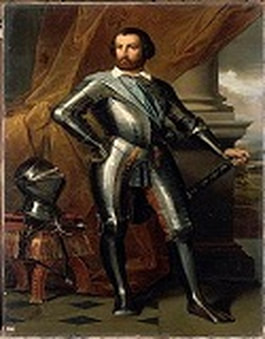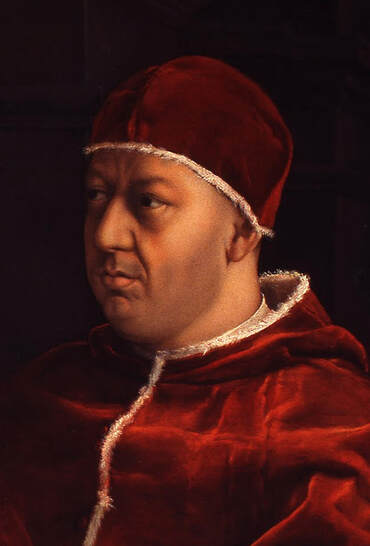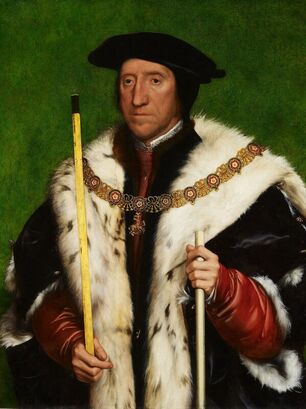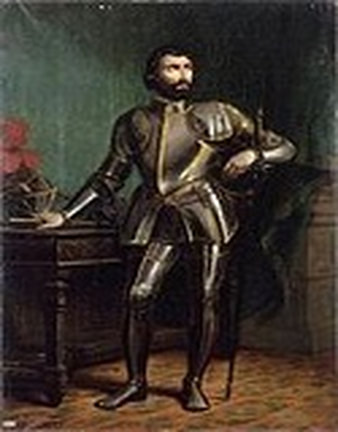Henry VIII, the Reign
Part Nine -
Wolsey’s Aspirations to the Papacy
Wolsey’s Aspirations to the Papacy
 Robert III de La Marck
Robert III de La Marck
|
 Pope Leo X
Pope Leo X
 Charles Brandon Duke of Suffolk
Charles Brandon Duke of Suffolk
 Thomas Howard
Thomas Howard
 Charles III Duke of Bourbon
Charles III Duke of Bourbon
 Pope Adrian
Pope Adrian
|
Henry VIII, the Reign.
|
Henry VIII, the Reign.
|